Jun 3, 2025 11:25 AM
In Memoriam: Al Foster, 1943–2025
Al Foster, a drummer regarded for his fluency across the bebop, post-bop and funk/fusion lineages of jazz, died May 28…
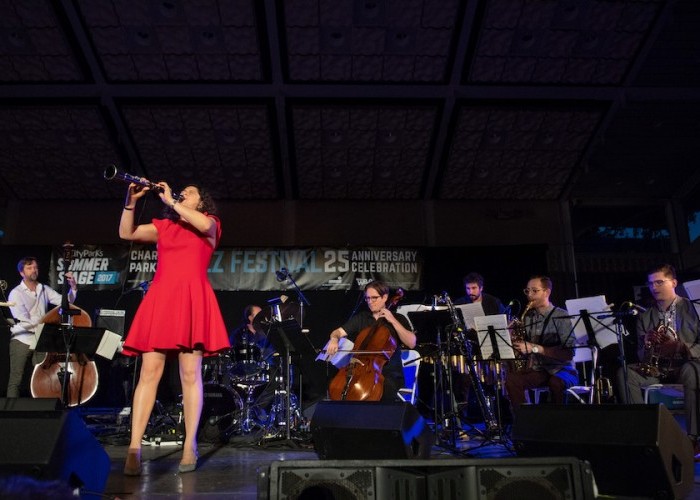
Anat Cohen’s long musical relationship with Oded Lev-Ari has resulted in “Triple Helix: Concerto For Clarinet And Ensemble,” which premiered in January at Carnegie Hall.
(Photo: Steven Sussman)Poised at the kitchen counter in her Brooklyn apartment, Anat Cohen assumed the role of solicitous host. Tall, with waves of cascading hair softening her otherwise commanding presence, the clarinetist reeled off a selection of teas and coffees in such precise detail it would have made a barista’s head spin.
She’s like that: an artist given more to abundance than austerity, who, after 20 years negotiating the chaotic New York scene, is more than able to juggle a multitude of affairs—musical and nonmusical alike. By all indications, she’s happiest when doing so.
Pouring the drink—green tea was chosen, with an obligatory water chaser—she recounted her performance dates of recent weeks: St. Louis and Detroit with her quartet, Boston and Santo Domingo with the MIT Wind Ensemble, Ecuador with Trio Brasileiro and São Paulo with Jazzmin’s Big Band. In between, she squeezed in her regular Tuesday teaching gig at The New School in New York.
But it was her next stops—Switzerland, Italy and the U.S. West Coast, where she would be touring with her namesake tentet off and on from April through August—that seemed to engage her the most. The tentet, she said, was formed in an effort to “find the most flexible large ensemble,” and it has emerged as a prime vehicle for expressing Cohen’s eclectic sensibility.
The tentet, which had its debut at New York’s Jazz Standard in April 2016, has since performed at clubs, concert halls and festivals, from Newport to Monterey. The new dates represent the ensemble’s most concentrated touring since its round of shows in support of the group’s first album, 2016’s Happy Song (Anzic).
The album revealed a new level of expressivity for Cohen—bringing fresh colors to her catholic tastes, on tracks ranging from the contemplative “Valsa Para Alice,” a Cohen original influenced by Brazilian rhythms; to the upbeat “Oh, Baby!,” a swinger associated with Benny Goodman; to the moody “Trills And Thrills,” a work by the tentet’s musical director for the project, Oded Lev-Ari, whose compositional brushstrokes move from the abstract to the concrete with ease.
Now, a new album by the tentet ups the ante—arguably to a career high for Cohen—thanks to Lev-Ari’s “Triple Helix: Concerto For Clarinet And Ensemble.” The first concerto written for Cohen, it exceeds in scope, complexity and, perhaps, emotional impact, anything the tentet previously had tackled. The concerto that anchors the new album, Triple Helix (Anzic), is a model of efficient authorship—capturing the clarinetist’s wide-ranging predilections in one sweeping and powerful statement.
“I’ve always played a lot of different things,” Cohen said, “from Brazilian choro to the music of Benny Goodman to Louis Armstrong to Jason Lindner’s big-band modern jazz. The concerto also represents that.”
The piece—commissioned jointly by Carnegie Hall (where it had its premiere in January) and Chicago Symphony Center (where it had a follow-up performance in February)—is classical in form, with a slow movement bounded by two lively movements. To an extent, the content matches the form, its heavily notated passages requiring Cohen to call on her early training with Eva Wasserman, onetime principal clarinetist with the Haifa Symphony Orchestra in her native Israel.
At the same time, the piece has long open sections in which the score intentionally is spare: Reading a bit like a standard lead sheet sprinkled with idiosyncratic directives, it sketches a framework filled by the heavy backbeat of the drummer, Anthony Pinciotti, and improvised backgrounds from the rest of the band—save for the soloist, who is given plenty of space to wail above the churn. At one point, the score encourages the electric guitarist, Sheryl Bailey, to marshal her rock chops, its instructions reading: “Shred!”
In other spots, the piece summons harmonies that by turns recall Ravel or Brahms—conjuring a romanticism weighted with unabashed emotional intensity. On hearing the second movement played in rehearsal the first time—that movement, titled “For Anat,” is a public declaration of dedication, unlike the first and third movements, which simply are titled “first” and “last”—the clarinetist was brought to tears as the history she shared with Lev-Ari came rushing back.
“I got so emotional—all those years of knowing Oded,” she recalled.
Drummer Pinciotti—who has been friends with Cohen for 20 years and witnessed the teary moment in Michiko Studios off Times Square—said that the feelings it conveyed encapsulated a deep relationship between player and composer that “goes beyond some guy writing for an ensemble. It’s about a musical life spent together.”
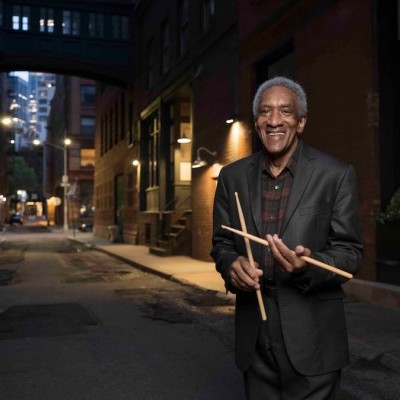
Foster was truly a drummer to the stars, including Miles Davis, Sonny Rollins and Joe Henderson.
Jun 3, 2025 11:25 AM
Al Foster, a drummer regarded for his fluency across the bebop, post-bop and funk/fusion lineages of jazz, died May 28…
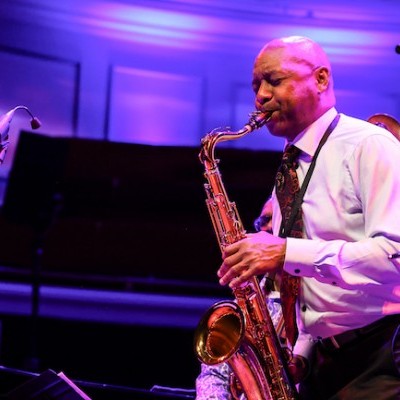
“Branford’s playing has steadily improved,” says younger brother Wynton Marsalis. “He’s just gotten more and more serious.”
May 20, 2025 11:58 AM
Branford Marsalis was on the road again. Coffee cup in hand, the saxophonist — sporting a gray hoodie and a look of…
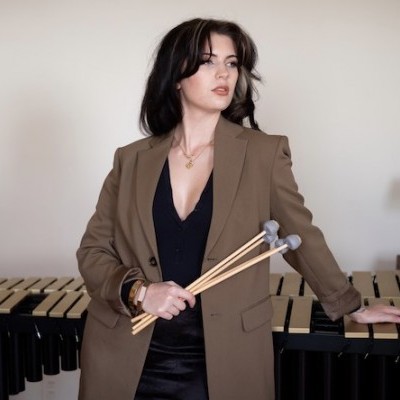
“What did I want more of when I was this age?” Sasha Berliner asks when she’s in her teaching mode.
May 13, 2025 12:39 PM
Part of the jazz vibraphone conversation since her late teens, Sasha Berliner has long come across as a fully formed…

Roscoe Mitchell will receive a Lifetime Achievement award at this year’s Vision Festival.
May 27, 2025 6:21 PM
Arts for Art has announced the full lineup for the 2025 Vision Festival, which will run June 2–7 at Roulette…
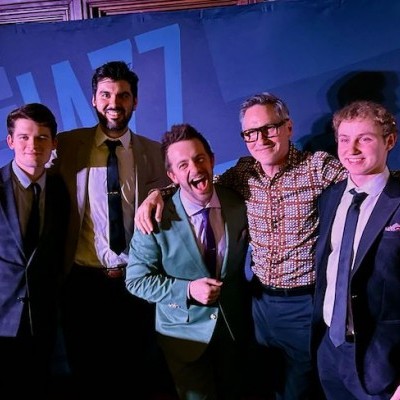
Benny Benack III and his quartet took the Midwest Jazz Collective’s route for a test run this spring.
Jun 3, 2025 10:31 AM
The time and labor required to tour is, for many musicians, daunting at best and prohibitive at worst. It’s hardly…